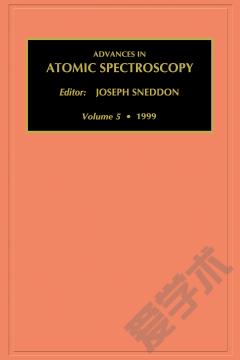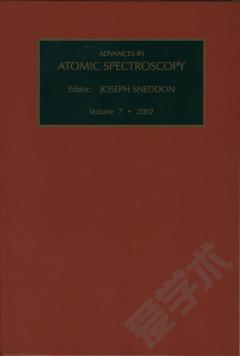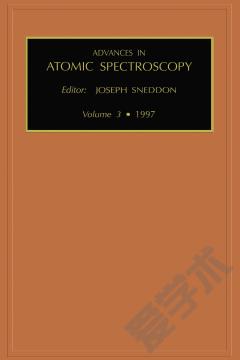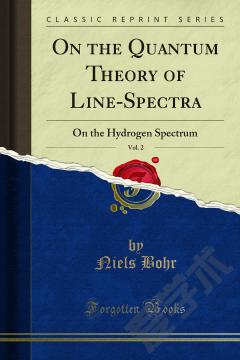Spectrum Of Atomic Hydrogen, The: Advances
After more than a century of study, the hydrogen atom still presents challenges and opportunities to theoretical as well as to experimental physicists. The discovery of the Lamb shift in the late nineteen forties, followed by the development of QED and the introduction of powerful new experimental techniques in the nineteen sixties and seventies, have preserved for hydrogen its central place in atomic physics. Part I of this book, a reprint of the work published in 1957, covers the period from the earliest days up to the late nineteen fifties. Part II, a collection of progress reports written by well-known specialists on hydrogen and hydrogen-like systems, presents the advances in theory and experiment that have occurred since that time.
{{comment.content}}








 京公网安备 11010802027623号
京公网安备 11010802027623号